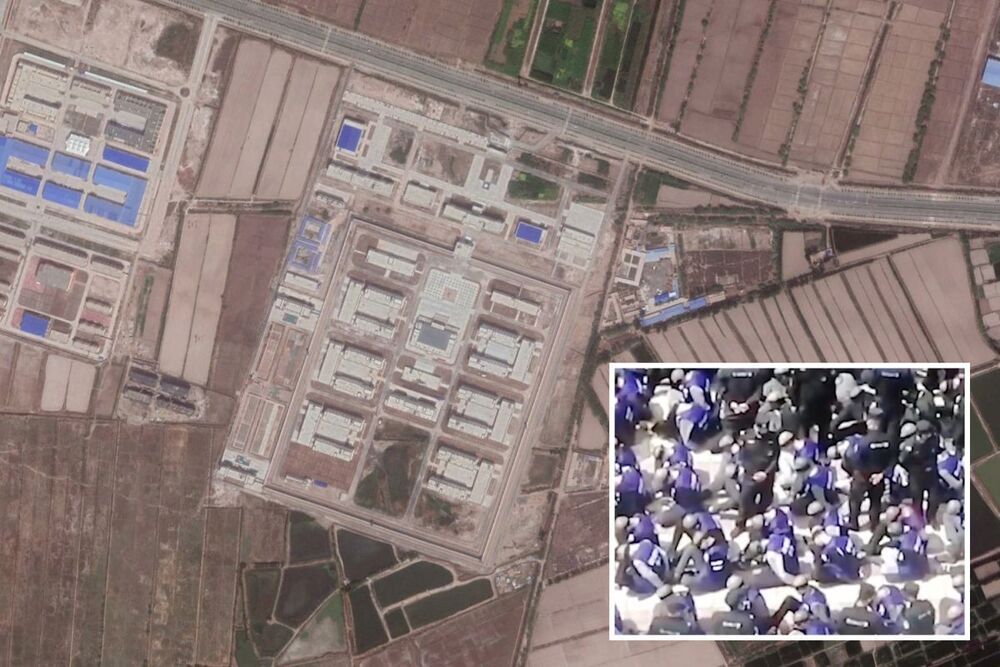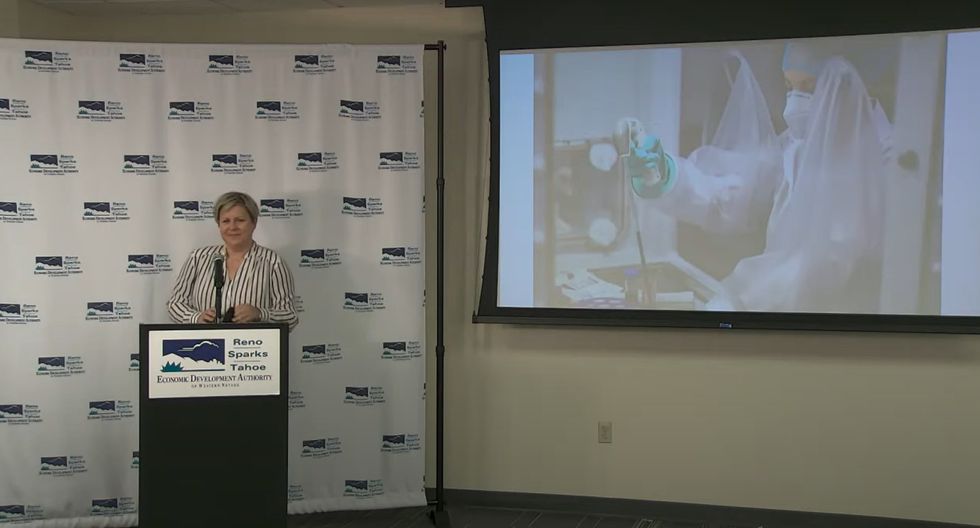This Trojan is detected as the first that is written in. NET, rather than Delphi. Read on to know more differences.



HELSINKI — Guangzhou is developing a major space cluster in the city by hosting new projects including the new headquarters for the space business of Geely Technology Group.
Geely, a major automaker which owns Volvo Cars and part of Daimler AG, is to establish a space headquarters in Nansha district to oversee development of its satellite and communications technologies, local government said March 30.
Geely is developing a low Earth orbit constellation for navigation, connectivity and communications needed for self-driving cars. The group recently gained approval to begin manufacturing satellites.

Here’s what you need to know:
The Uyghurs are a predominantly Muslim ethnic minority who live in what China refers to as the Xinjiang region, but what some Uyghurs call East Turkestan. There are an estimated 11 million Uyghurs in Xinjiang, a large patch of land in western China that shares a border with Pakistan, Kazakhstan and. The Uyghurs speak a Turkic language and have a different cultural identity than the Han Chinese population, which speaks Mandarin and is generally not religious.
The Chinese Communist government views the Uyghurs as a threat in part because some have sought greater autonomy or even a separate state. Chinese government officials allege there are extremists within the Uyghur community and have said their campaign to “re-educate” the Uyghurs is justified by terrorism concerns.

SATELLITE images show that China has built 260 fortified prison camps capable of holding hundreds of thousands of Uighur Muslims in the last three years.
The revelations come after months of growing international condemnation over China’s internment, indoctrination, and abuse of Uighur people across the Xinjiang province.
Up to 1.5million people are thought to have been detained in the province since 2017 as part of an attempt by the Chinese government to crack down on long-running separatist movements.

O,.o.
The largest-ever study of almost 2000 DNA samples carried out by researchers at Pompeu Fabra university (UPF) in Barcelona has confirmed the “genetic singularity” of the Basques in Europe. The investigation, however, found that this difference only began to emerge 2500 years ago in the Iron Age. “Our analyses confirm that Basques were influenced by the major migration waves in Europe until the Iron Age, in a similar pattern as their surrounding populations,” the authors explain in the study published in the journal Current Biology.
The origin of the Basques has fascinated the scientific community since the 19th century. The French anthropologist Paul Broca snuck into a Basque cemetery one night in 1862 to steal skulls he wanted to study for their supposed genetic differences. Juan José Ibarretxe, premier of the Basque regional government until 2009, proclaimed that the Basque people “have existed for 7000 years” to promote his vision of an independent Basque state. And the then-president of the Basque Nationalist Party (PNV), Xabier Arzalluz, claimed in 2000 that the Basques were “the oldest inhabitants of Europe,” with “their own roots” since prehistoric times.
Although Basque genetic differences are noticeable, the study shows this is the result of centuries of isolation and inbreeding potentially caused by unique Basque dialects that have no crossover with other European languages, or indeed any other living language today.

What’s New: Intel today announced that it has signed an agreement with Defense Advanced Research Projects Agency (DARPA) to perform in its Data Protection in Virtual Environments (DPRIVE) program. The program aims to develop an accelerator for fully homomorphic encryption (FHE). Microsoft is the key cloud ecosystem and homomorphic encryption partner leading the commercial adoption of the technology once developed by testing it in its cloud offerings, including Microsoft Azure and the Microsoft JEDI cloud, with the U.S. government. The multiyear program represents a cross-team effort across multiple Intel groups, including Intel Labs, the Design Engineering Group and the Data Platforms Group, to tackle “the final frontier” in data privacy, which is computing on fully encrypted data without access to decryption keys.
“Fully homomorphic encryption remains the holy grail in the quest to keep data secure while in use. Despite strong advances in trusted execution environments and other confidential computing technologies to protect data while at rest and in transit, data is unencrypted during computation, opening the possibility of potential attacks at this stage. This frequently inhibits our ability to fully share and extract the maximum value out of data. We are pleased to be chosen as a technology partner by DARPA and look forward to working with them as well as Microsoft to advance this next chapter in confidential computing and unlock the promise of fully homomorphic encryption for all.” – Rosario Cammarota, principal engineer, Intel Labs, and principal investigator, DARPA DPRIVE program
Exactly one week after new Chief Executive Pat Gelsinger unveiled plans to reinvent Intel Corp., Arm Ltd. announced version 9 of its architecture and put forth its vision for the next decade. We believe Arm’s direction is strong and compelling as it combines an end-to-end capability, from edge to cloud to the data center to the home and everything in between.
Moreover, it doubles down on Arm’s model of enabling ecosystem partners to add significant value while at the same time maintaining software compatibility with previous generations. We see this as extremely important because the variety of use cases requiring specialized silicon is rapidly expanding in the marketplace, and the Arm architecture is by far in our view the best-positioned to capitalize on this coming wave.
In this Breaking Analysis, we’ll explain why we think this announcement is so important and what it means for Intel and the broader technology landscape. We’ll also share with you some feedback we received from theCUBE community on last week’s episode and a little inside baseball on how Intel, IBM Corp., Samsung Electronics Co. Ltd., Taiwan Semiconductor Manufacturing Co. Ltd. and the U.S. government might be thinking about the shifting landscape of semiconductor technology.

In Wednesday’s announcement, StemExpress CEO Cate Dyer said the COVID-19 pandemic created new demand for her company’s expertise. “When the pandemic first hit, we reached out to the federal government and started looking at ways we could help take seven of our laboratories around the United States and start offering COVID testing on a local basis, not only to support nursing homes, but Indian Tribal Communities as well as just the general public.”
PayCertify is a financial technology (FinTech) firm that “encompasses both a complete merchant and consumer experience front to back, pulling analytics and valuable insights to connect data sets in real-time from both the consumer and merchant side of the transaction.”
The two companies are expected to bring a combined 200 biotech and fintech jobs to the region.

Japan is becoming the latest country to issue digital vaccine passports, according to a report, allowing citizens to use proof of inoculation to travel internationally once again.
The digital passport will be available through a mobile app and will be linked to the government’s vaccination program, Japanese news outlet Nikkei Asia reported. Vaccinated citizens currently receive a certificate in paper format.
The passport is in talks to be added to an app that is expected to debut next month as a means to show negative test results.